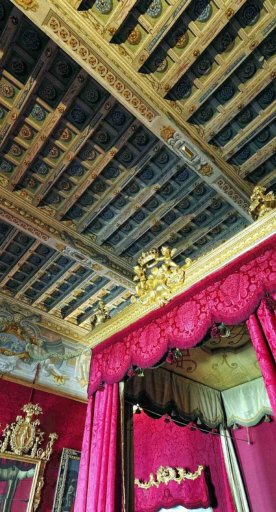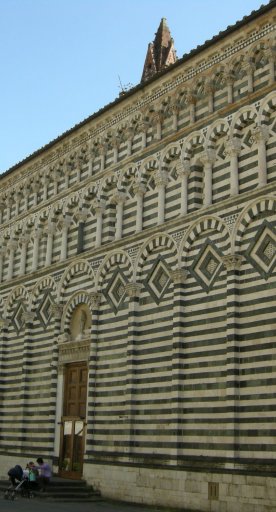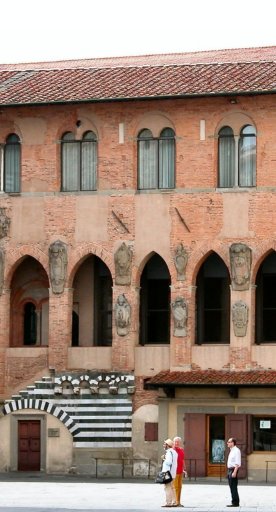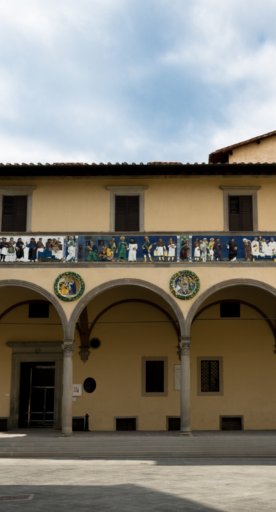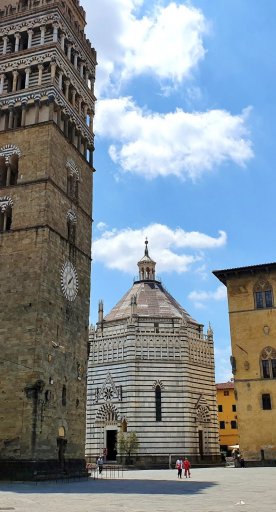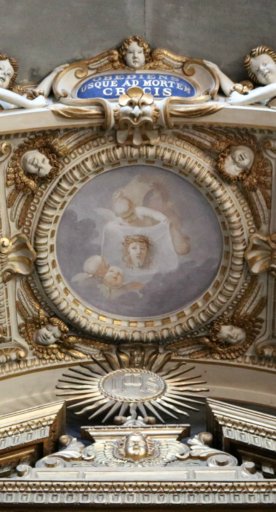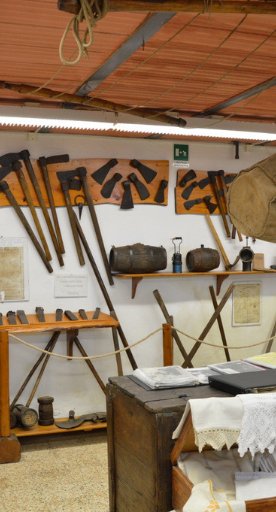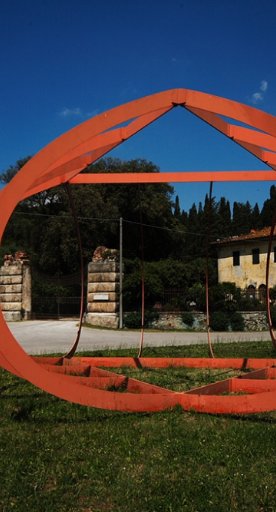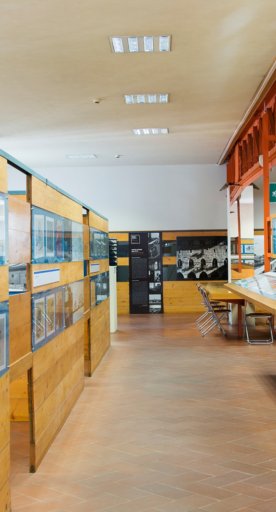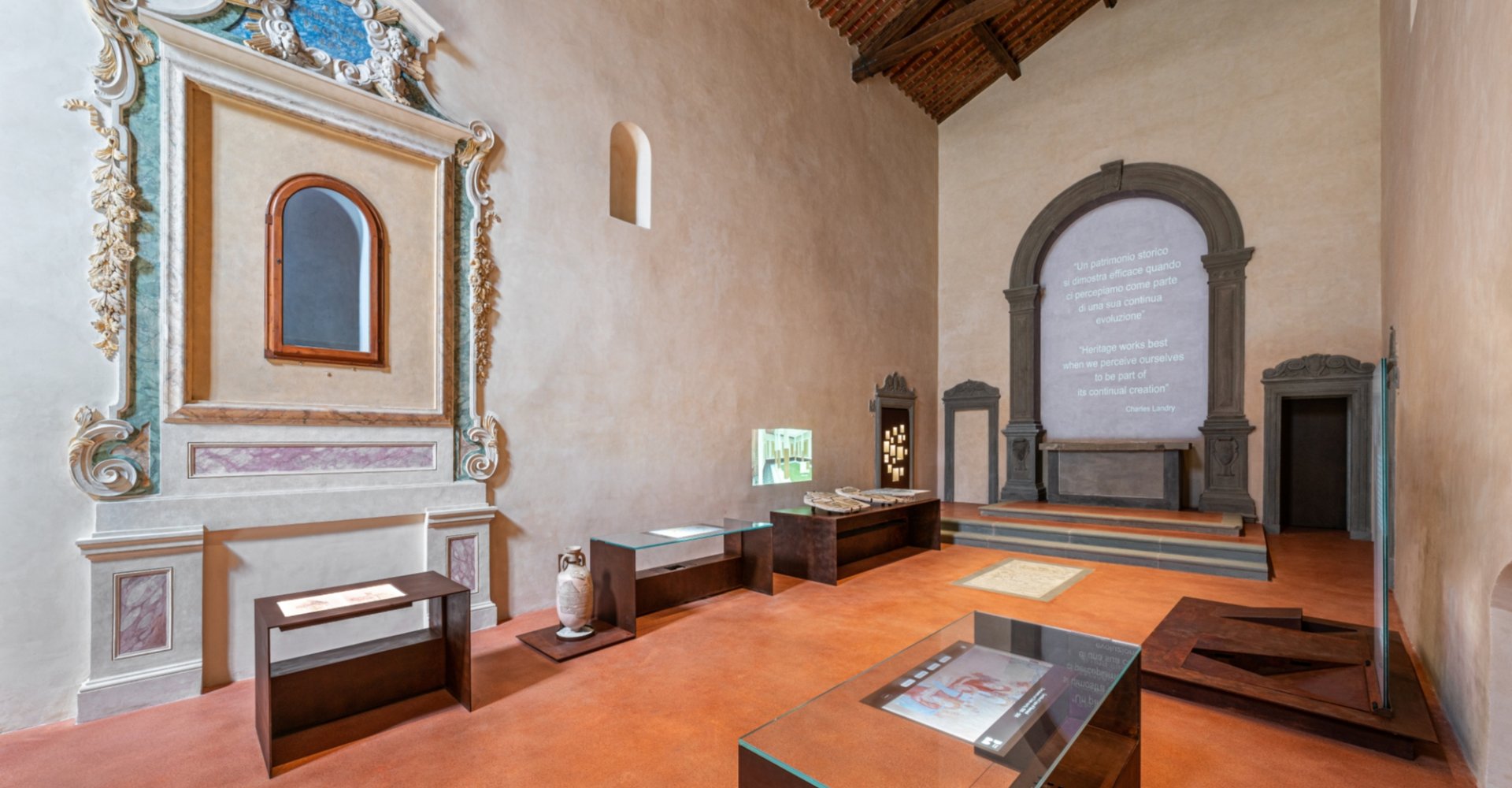
San Salvatore Museum in Pistoia
Once one of the oldest churches in Pistoia, it is now a cultural and museum space
Just a two-minute walk from Piazza Duomo, the former Church of San Salvatore is one of the oldest places of worship in the city of Pistoia. We have records of it as early as the 10th century, but in 1784 Bishop Scipione de' Ricci decided to suppress the parish, which was then closed to worship in 1807. The building, after years of neglect, underwent extensive restoration works and in 2022 reopened its doors to be visited again as an exhibition venue.
The installation, concentrated in a single large space, offers a journey through the history of the city's oldest part through the exhibition of works kept so far in the storerooms of the Civic Museums (such as an amphora dated between the 1st B.C. and the 2nd century A.D.) as well as new and unexpected discoveries. In fact, careful restoration work and excavations have brought to light the remains of the oldest phases of the church, with interesting pre-existing Roman and early medieval remains. In addition, part of the foundation pit of the first city walls from the Lombard period (8th century A.D.) has recently been found.
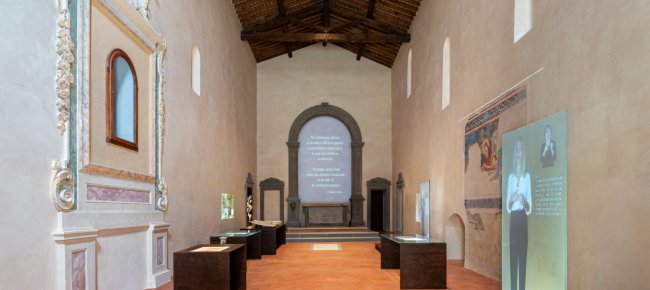
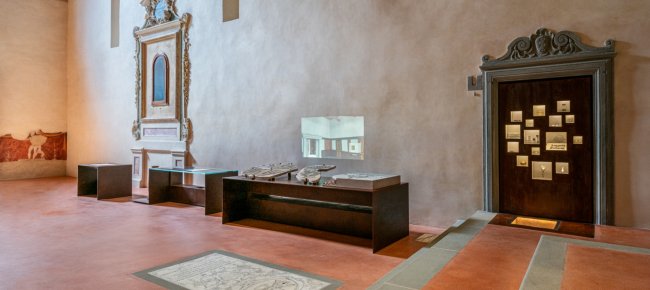
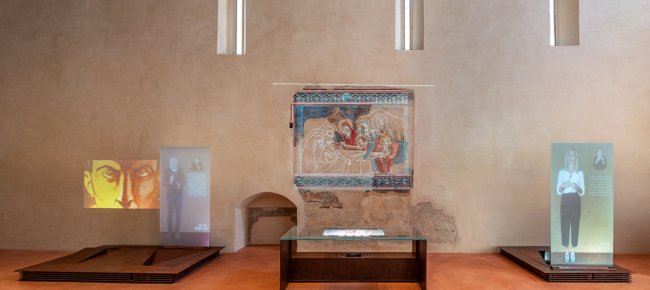
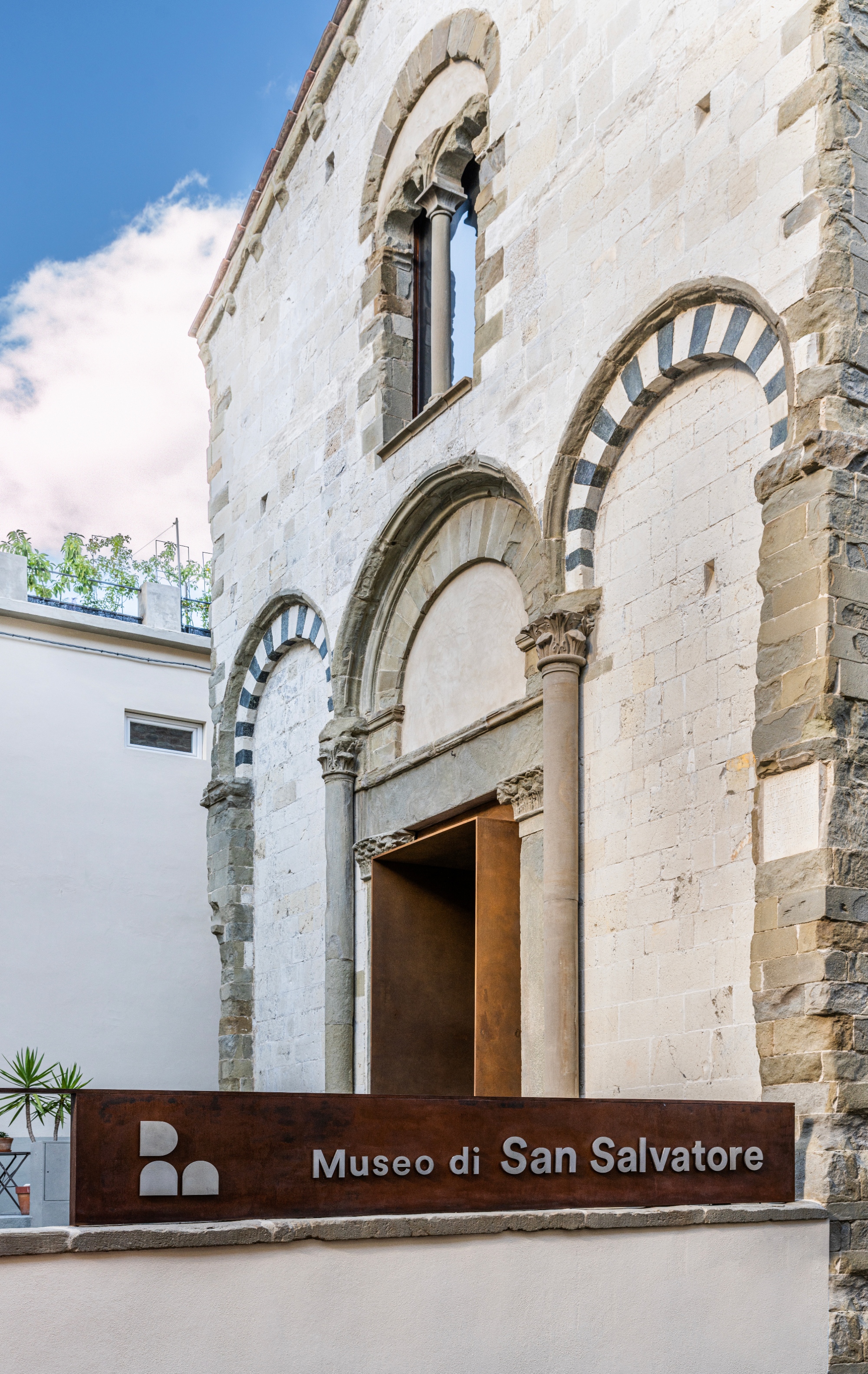
According to a 17th-century tradition, the Roman senator Catiline, known for his famous conspiracy and defeated on the Apennines around Pistoia, was supposedly buried at the foot of the tabernacle of the church, still visible outside on Via Tomba di Catilina. Restoration of the tabernacle has unearthed portions of frescoes and remains of buildings from the 1st or 2nd century B.C. But among the most extraordinary discoveries special mention deserves an incomplete fresco: the Compianto sul Cristo morto, dating back to the late 13th century and attributed to the circle of Lippo di Benivieni, an important painter documented in Florence between 1296 and 1320.
Finally, in an earthenware jar, fragments of fabric and sponge, coins, ashes and a very small ivory nut were found buried, very likely related to a rite of rededication celebrated in 1580.
The birth of the San Salvatore museum endows the "Pistoia Musei" circuit with its fourth venue, an important space in the same group as Palazzo Buontalenti, Palazzo de' Rossi and Antico Palazzo dei Vescovi.
